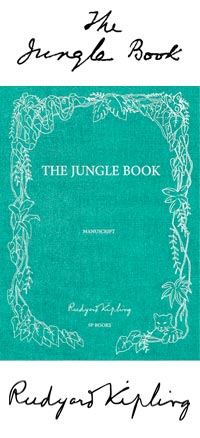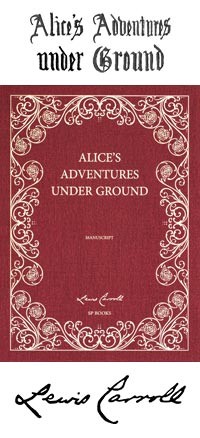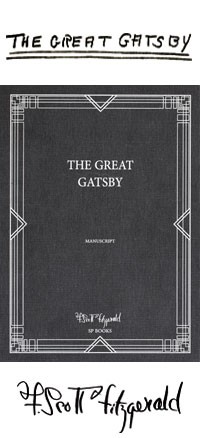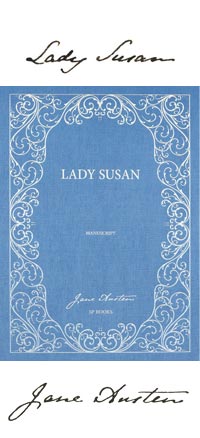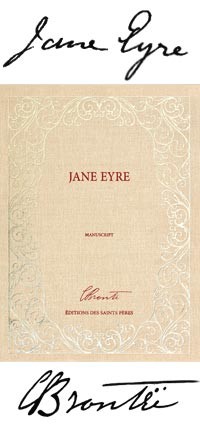1984 by George Orwell
Oxford blue edition
numbered from 1 to 1,000
Nineteen Eighty-Four, the manuscript by George Orwell
A seminal dystopian novel, which shaped modern understanding of a world in crisis and became a powerful symbol of resistance. Nineteen Eighty-Four is the only substantial Orwell manuscript that survives. In October 2022, it took its place as part of our collection of treasured manuscripts.
A deluxe reproduction of the extraordinary original manuscript of Nineteen Eighty-Four, conserved at the John Hay Library (Brown University, Providence) since 1992.
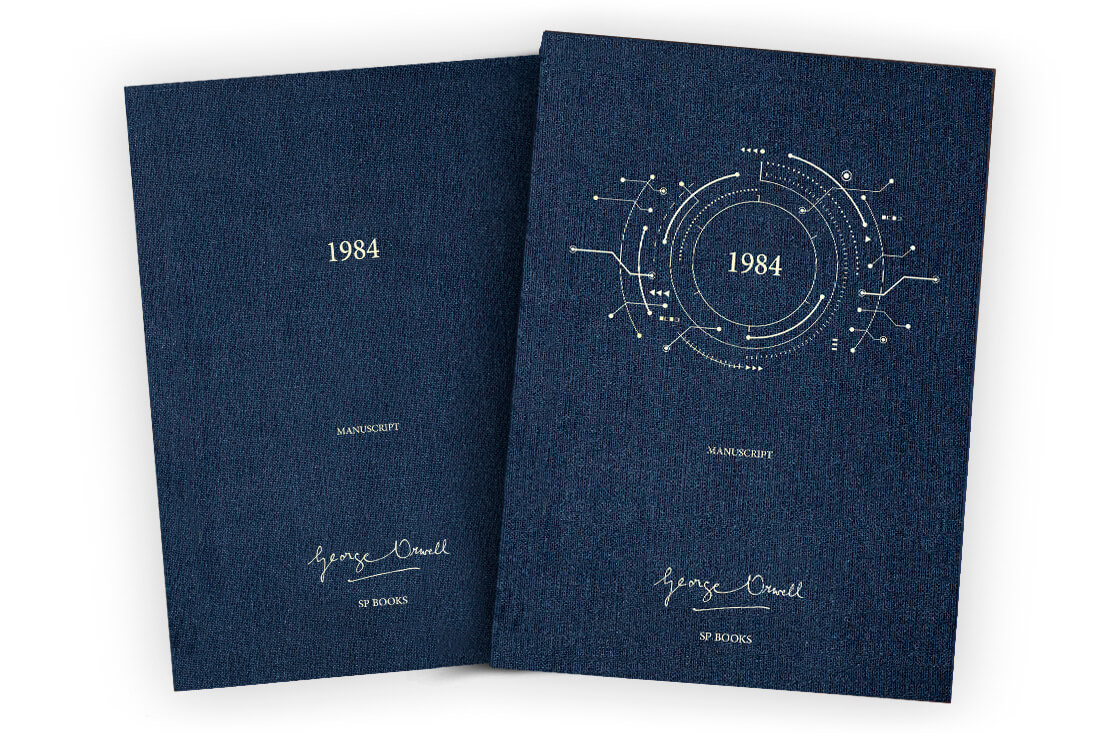
In this edition, readers can dive deep into the 197 remaining pages of Nineteen Eighty-Four (of which 183 are handwritten and 14 are typewritten), discovering the author’s unedited passages. It is the only substantial Orwell manuscript that survives and represents about 44% of the published text. The document reflects Orwell’s creative process in the context of World War II and its aftermath, as well as five years of health struggles, the loss of his wife Eileen, and his doubts while writing.
An illuminating foreword written by Orwell biographer D.J. Taylor accompanies the manuscript.
A laboured process – more than five years of writing, in pain
Born Eric Arthur Blair, Orwell was suffering from many crises in his personal life – the brutal loss of his first wife Eileen, having to assume care of their adopted son Richard, his increasingly fragile health – which made him want to leave London and move to Jura, a Scottish island in the Inner Hebrides. A combination of these circumstances and the great ambition underlying the project meant that it took the writer more than five years to complete his final masterpiece.
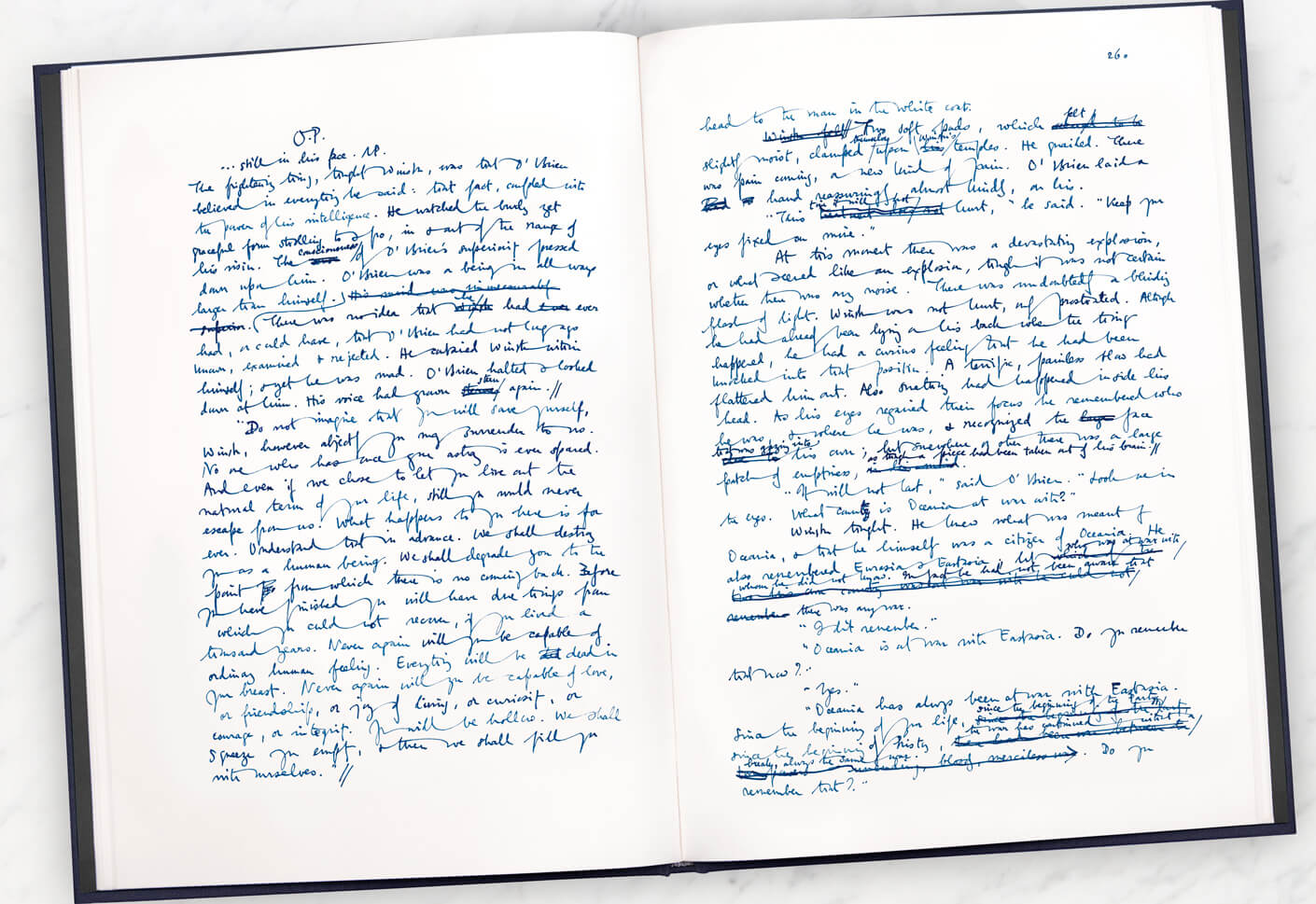
The undertaking began in 1943, and progressed slowly and sporadically until the final text was concluded five and a half years later. Several former pieces Orwell had produced as an essayist were crucial to the writing process of Nineteen Eighty-Four, such as ‘You and the Atom Bomb’, ‘Freedom and Hapiness’ and ‘Politics and the English Language’.
Variously, they all prefigured the themes Orwell would interrogate more deeply in Nineteen Eighty-Four.
An incomplete manuscript, with unseen passages
‘Only about 40 per cent of the final text survives, and what remains derives from four different sources. (…) The manuscript of Nineteen Eighty-Four is a very curious piece of work: incomplete, chaotic and oddly provisional. As such, it reflects the highly unusual conditions in which it was written’ says D.J. Taylor (see below).
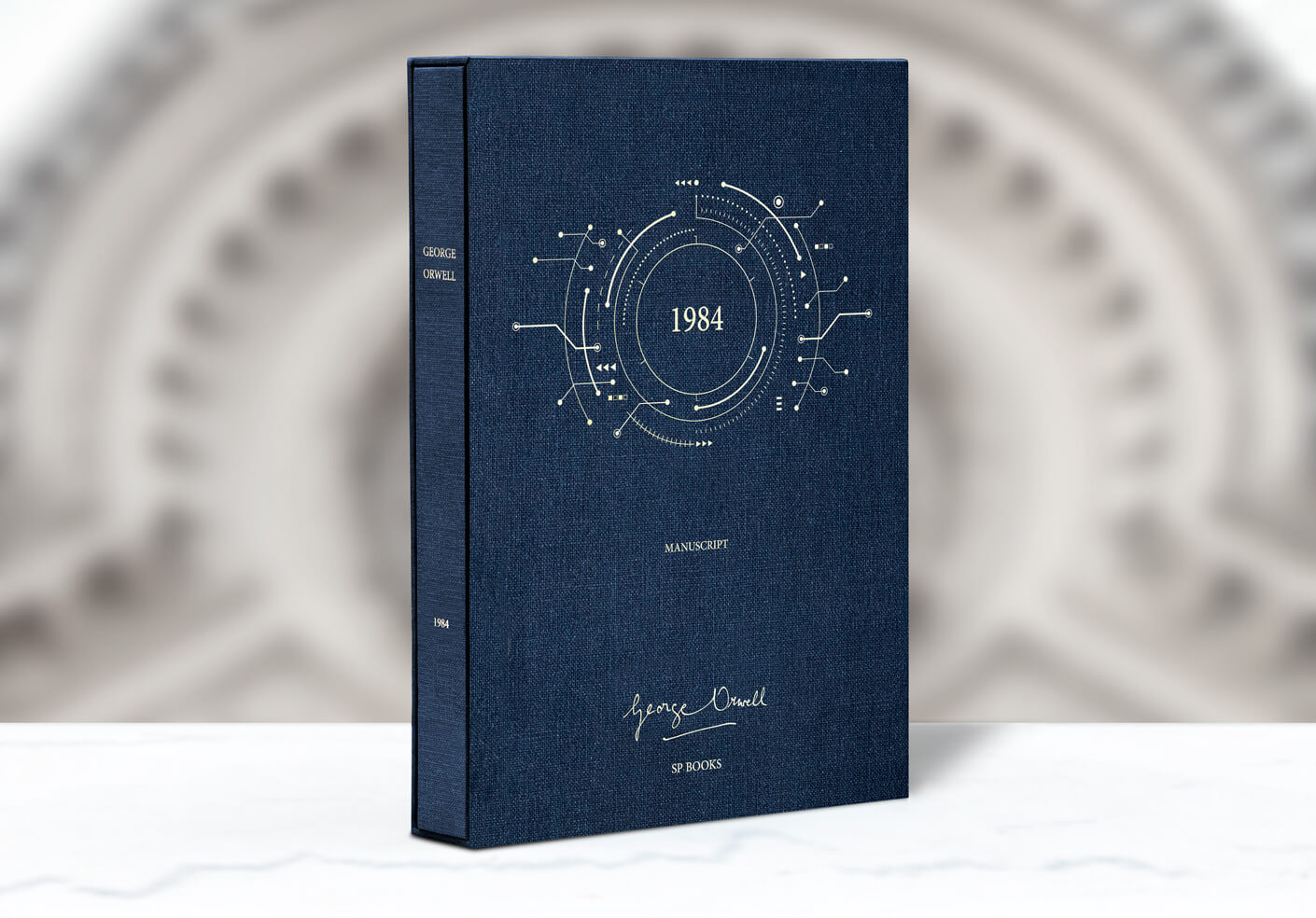
Several pages in the manuscript were erased by Orwell, such as a scene in which Winston and Julia come across each other after leaving the flat; or the lynching of a black woman in the propaganda movie watched by Winston in the prole cinema. Other passages reveal Orwell has self-censored ‘on grounds of possible racial prejudice or taste.’
The 1940s, a cursed but productive decade
November 1943: Orwell is captivated by the Tehran Conference in which Roosevelt, Stalin and Churchill came together to map out the post-war world to come. At that time, the writer had already published a few books, such as A Clergyman's Daughter (Victor Gollancz, London, 1935) and Homage to Catalonia (Secker and Warburg, London, 1938), under the pseudonym that he had assumed in 1933. He had travelled to Spain during the Civil War in order to fight alongside the Republicans and against Franco, and to write articles about the conflict. He had also worked as a producer at the BBC, written for the American Trotskyist magazine Partisan Review, and been vocal in expressing his political views (see “Why I joined the Independent Labour Party”, New Leader, 24 June 1938). Animal farm, a satire of the Soviet regime, was written in 1944 and published in 1945.

In 1945 when working in Europe as a foreign correspondent he was summoned home by the unexpected death of his first wife, Eileen. He also became Vice-President of the Freedom Defence Committee until its dissolution in 1949.
One of the John Hay Library’s treasures (Brown University)
After Orwell’s death, his widow Sonia travelled to Barnhill farmhouse, his last home on the Hebridean island of Jura. There she found a pile of documents which she was able to identify as the 1984 manuscript, which she donated to a charity auction in London on 11 June 1952. The manuscript was purchased by Scribner's of New York, then sold to bookseller and rare book collector Daniel G. Siegel in June 1969. In 1992, Mr. Siegel gave the manuscript to the Brown University Library (Providence, Rhode Island, USA).
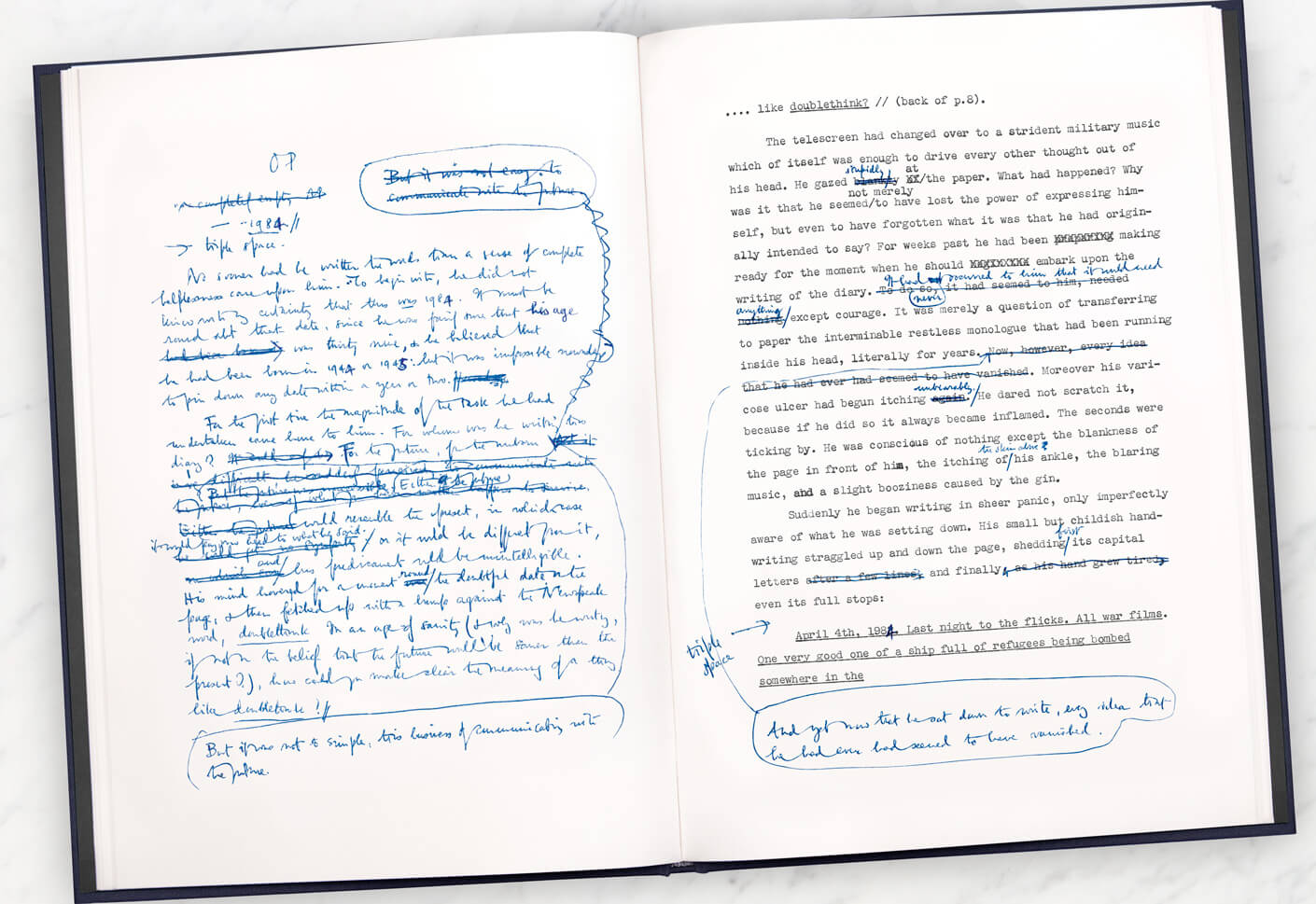
A foreword by Orwell biographer D.J. Taylor
D.J. Taylor’s Orwell: The Life won the 2003 Whitbread Biography Prize. Orwell: The New Life, a new biography which makes use of the wide range of sources which have come to light since that time, will be published in 2023. He is also the author of The Prose Factory: Literary Life in England Since 1918 (2016) and Lost Girls: Love, War and Literature 1939-1951 (2019). His most recent book is a volume of short stories, Stewkey Blues (2022).
Excerpt from the preface:
‘Ill, emotionally bereft, thoroughly exhausted – as were most British people – by the strains of a six-year war, relocated to a new life in the west of Scotland (although he would spend the freezing winter of 1946-7 back in Islington), Orwell was in no state to start work on so ambitious a project as Nineteen Eighty-Four. In many ways, though, the problem was worse than this. Anxious as he may have been to set out his vision of nightmare dystopian future that had its roots in the post-war world he saw around him, Orwell, it soon becomes clear, had yet to establish much of the intellectual topsoil in which the novel’s seeds are sown.
To examine some of the journalism he produced in the post-1945 period is immediately to appreciate the time he spent rehearsing some of the arguments of the novel, canvassing ideas that would resurface in the world of Airstrip One and the Ministry of Truth. Much more so than any of his previous books, Nineteen Eighty-Four is a kind of backward-facing drill that burrows deep into earlier outings and, sometimes subconsciously, turns up all manner of details that will prove to be useful in the task ahead.’
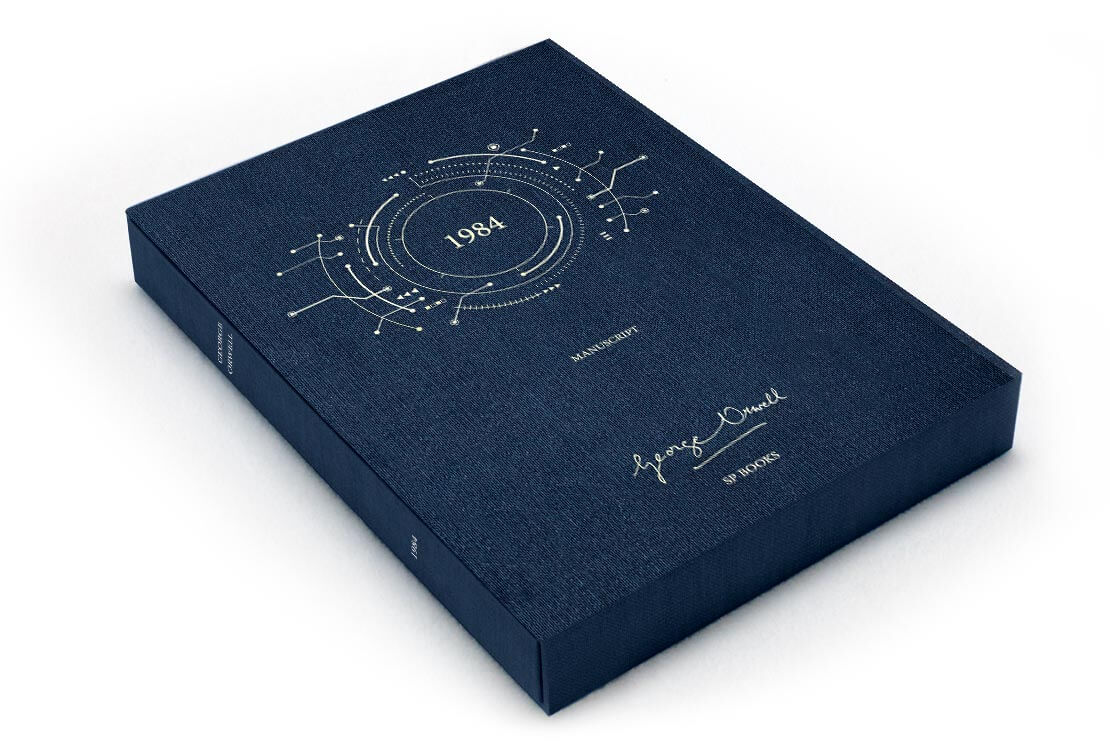
With grateful acknowledgements to Bill Hamilton, D.J. Taylor and the Estate of the Late Sonia Brownell Orwell.
Also see:
- George Orwell, Oeuvres. Bibliothèque de la Pléiade, Gallimard, 2020. Sous la direction de Philippe Jaworski.
- D.J. Taylor, Orwell: The Life. Henry Holt & Co, 2003.
- On Nineteen Eighty-Four: A Biography of George Orwell's Masterpiece. ABRAMS Press; Illustrated edition (2019).
- Sylvia Topp, Eileen: The Making of George Orwell. Unbound, 2020.
Deluxe edition
Numbered from 1 to 1,000, this Oxford blue edition is presented in a large format handmade slipcase.
Printed with vegetal ink on eco-friendly paper, each book is bound and sewn using only the finest materials.
Mrs Dalloway: Thanks to a new reproduction of the only full draft of Mrs. Dalloway, handwritten in three notebooks and initially titled “The Hours,” we now know that the story she completed — about a day in the life of a London housewife planning a dinner party — was a far cry from the one she’d set out to write (...)
The Grapes of Wrath: The handwritten manuscript of John Steinbeck’s masterpiece The Grapes of Wrath, complete with the swearwords excised from the published novel and revealing the urgency with which the author wrote, is to be published for the first time. There are scarcely any crossings-out or rewrites in the manuscript, although the original shows how publisher Viking Press edited out Steinbeck’s dozen uses of the word “fuck”, in an attempt to make the novel less controversial. (...)
Jane Eyre: This is a book for passionate people who are willing to discover Jane Eyre and Charlotte Brontë's work in a new way. Brontë's prose is clear, with only occasional modifications. She sometimes strikes out words, proposes others, circles a sentence she doesn't like and replaces it with another carefully crafted option. (...)
The Jungle Book: Some 173 sheets bearing Kipling’s elegant handwriting, and about a dozen drawings in black ink, offer insights into his creative process. The drawings were not published because they are unfinished, essentially works in progress. (...)
The Lost World: SP Books has published a new edition of The Lost World, Conan Doyle’s 1912 landmark adventure story. It reproduces Conan Doyle’s original manuscript for the first time, and includes a foreword by Jon Lellenberg: "It was very exciting to see, page by page, the creation of Conan Doyle’s story. To see the mind of the man as he wrote it". Among Conan Doyle’s archive, Lellenberg made an extraordinary discovery – a stash of photographs of the writer and his friends dressed as characters from the novel, with Conan Doyle taking the part of its combustible hero, Professor Challenger. (...)
Frankenstein: There is understandably a burst of activity surrounding the book’s 200th anniversary. The original, 1818 edition has been reissued, as paperback by Penguin Classics. There’s a beautifully illustrated hardcover, “The New Annotated Frankenstein” (Liveright) and a spectacular limited edition luxury facsimile by SP Books of the original manuscript in Shelley's own handwriting based on her notebooks. (...)
The Great Gatsby: But what if you require a big sumptuous volume to place under the tree? You won’t find anything more breathtaking than SP Books ’s facsimile of F. Scott Fitzgerald’s handwritten manuscript of The Great Gatsby, showing the deletions, emendations and reworked passages that eventually produced an American masterpiece (...)
Oliver Twist: In the first ever facsimile edition of the manuscript SP Books celebrates this iconic tale, revealing largely unseen edits that shed new light on the narrative of the story and on Dickens’s personality. Heavy lines blocking out text are intermixed with painterly arabesque annotations, while some characters' names are changed, including Oliver’s aunt Rose who was originally called Emily. The manuscript also provides insight into how Dickens censored his text, evident in the repeated attempts to curb his tendency towards over-emphasis and the use of violent language, particularly in moderating Bill Sikes’s brutality to Nancy. (...)
Peter Pan: It is the manuscript of the latter, one of the jewels of the Berg Collection in the New York Public Library, which is reproduced here for the first time. Peter’s adventures in Neverland, described in Barrie’s small neat handwriting, are brought to life by the evocative color plates with which the artist Gwynedd Hudson decorated one of the last editions to be published in Barrie’s lifetime. (...)


















